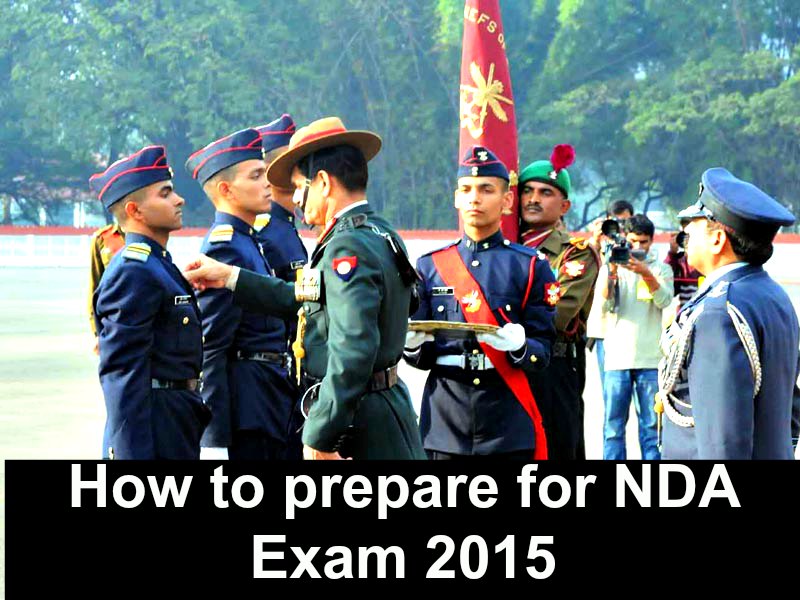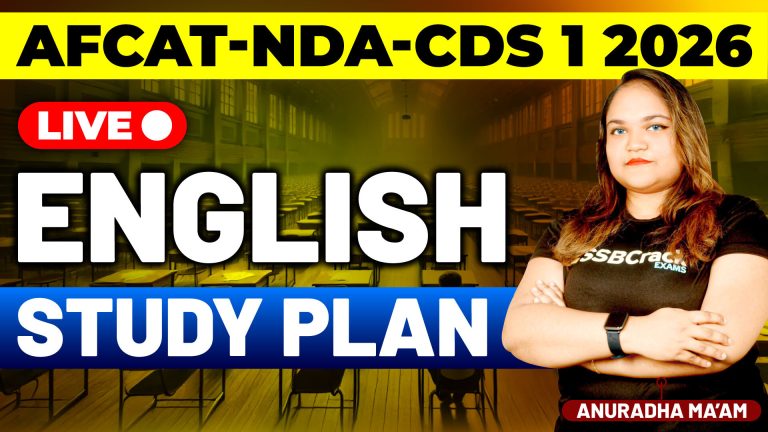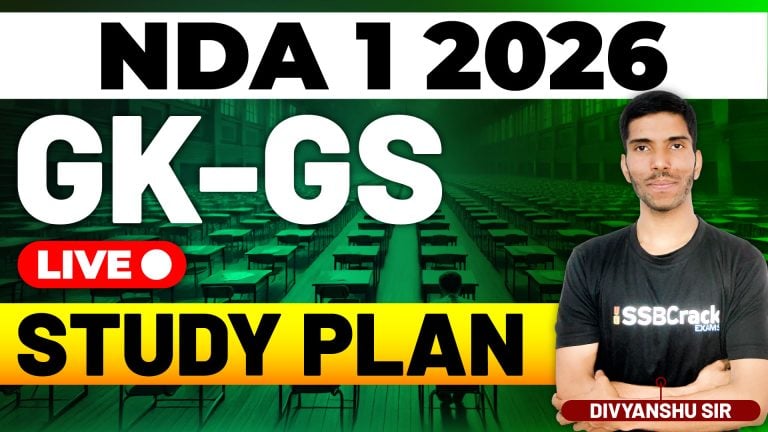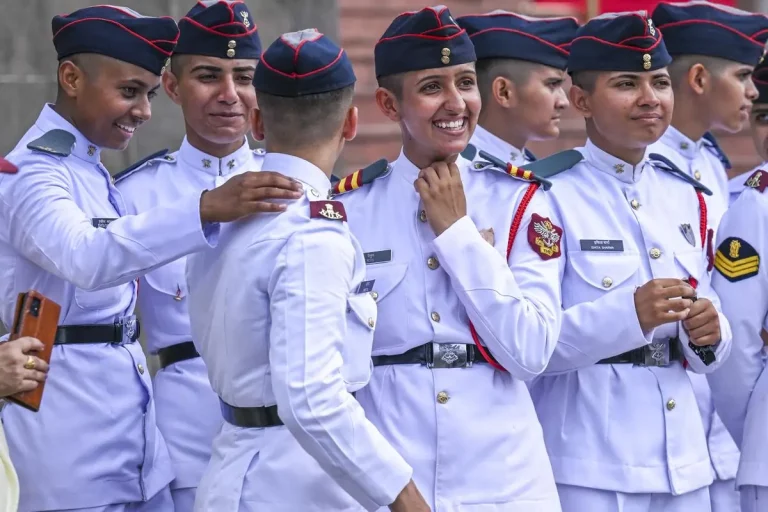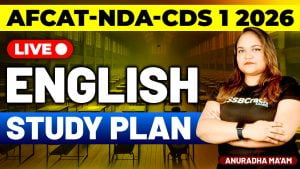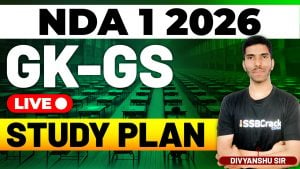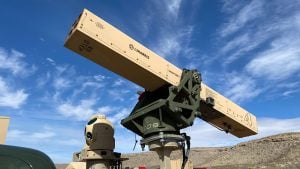NDA short for National Defence Academy entrance Exam is conducted twice in a year by UPSC. In National Defence Academy the cadets of the Army, the Navy and the Air Force get trained together before they embark on a pre-commissioning training in respective academies.
How to prepare for NDA exam 2015
Aspirants generally send us queries regarding ”What is NDA Exam” or ” How to prepare for NDA exam 2015”.
Before discussing about ” How to prepare for NDA exam 2015” first an aspirant should know about NDA Exam eligibility, syllabus and exam pattern.
NDA Exam Eligibility
Aspirant must be intermediate passed out or appearing in final year of intermediate (i.e. appearing or cleared 12th class) with PCM (physics, chemistry and mathematics) in course for being eligible for airforce and navy.
NDA Written Exam Syllabus
NDA applicants are chosen through a Written exam conducted by the Union Public Services Commission (UPSC), followed by an Intelligence and Personality test conducted by Services Selection Board (SSB)
Paper 1 Mathematics (Total 300 marks, 150 minutes)
1) Algebra: Concept of a set, operations on sets, Venn diagrams. De Morgan laws. Cartesian product, relation, equivalence relation. Representation of real numbers on a line. Complex numbers – basic properties, modulus, argument, cube roots of unity. Binary system of numbers. Conversion of a number in decimal system to binary system and vice-versa. Arithmetic, Geometric and Harmonic progressions. Quadratic equations with real coefficients. Solution of linear inequations of two variables by graphs. Permutation and Combination. Binomial theorem and its application. Logarithms and their applications.
2) Matrices and Determinants: Types of matrices, operations on matrices Determinant of a matrix, basic properties of determinant. Adjoint and inverse of a square matrix, Applications – Solution of a system of linear equations in two or three unknowns by Cramer’s rule and by Matrix Method.
3) Trigonometry: Angles and their measures in degrees and in radians. Trigonometrical ratios. Trigonometric identities Sum and difference formulae. Multiple and Sub-multiple angles. Inverse trigonometric functions. Applications – Height and distance, properties of triangles.
4) Analytical Geometry of two and three dimensions:
Rectangular Cartesian Coordinate system. Distance formula. Equation of a line in various forms. Angle between two lines. Distance of a point from a line. Equation of a circle in standard and in general form. Standard forms of parabola, ellipse and hyperbola. Eccentricity and axis of a conic.
Point in a three dimensional space, distance between two points. Direction Cosines and direction ratios. Equation of a plane and a line in various forms. Angle between two lines and angle between two planes. Equation of a sphere.
5) Differential Calculus: Concept of a real valued function – domain, range and graph of a function. Composite functions, one to one, onto and inverse functions. Notion of limit, Standard limits – examples. Continuity of functions – examples, algebraic operations on continuous functions. Derivative of a function at a point, geometrical and physical interpreatation of a derivative – applications. Derivatives of sum, product and quotient of functions, derivative of a function with respect of another function, derivative of a composite function. Second order derivatives. Increasing and decreasing functions. Application of derivatives in problems of maxima and minima.
6) Integral Calculus and Differential equations: Integration as inverse of differentiation, integration by substitution and by parts, standard integrals involving algebraic expressions, trigonometric, exponential and hyperbolic functions. Evaluation of definite integrals – determination of areas of plane regions bounded by curves – applications. Definition of order and degree of a differential equation, formation of a differential equation by examples. General and particular solution of a differential equation, solution of first order and first degree differential equations of various types – examples. Application in problems of growth and decay.
7) Vector Algebra: Vectors in two and three dimensions, magnitude and direction of a vector. Unit and null vectors, addition of vectors, scalar multiplication of vector, scalar product or dot product of two-vectors. Vector product and cross product of two vectors. Applications-work done by a force and moment of a force, and in geometrical problems.
8) Statistics: Classification of data, Frequency distribution, cumulative frequency distribution – examples Graphical representation – Histogram, Pie Chart, Frequency Polygon – examples. Measures of Central tendency – mean, median and mode. Variance and standard deviation – determination and comparison. Correlation and regression.
Probability: Random experiment, outcomes and associated sample space, events, mutually exclusive and exhaustive events, impossible and certain events. Union and Intersection of events. Complementary, elementary and composite events. Definition of probability – classical and statistical – examples. Elementary theorems on probability – simple problems. Conditional probability, Bayes’ theorem – simple problems. Random variable as function on a sample space. Binomial distribution, examples of random experiments giving rise to Binominal distribution.
Paper 2 General Ability (Total 600 marks, 150 minutes)
Section A (English): The English test is for 200 marks and covers topics like vocabulary, grammar and usage and comprehension. This test evaluates the basic command a person has on the language. To prepare for this test, read English newspaper daily, learn new words, go back to basic grammar and learn the rules thoroughly. Try to solve as many English tests as possible. There are many English tests available online as well. Try to attempt them as much as possible.
Section A (General Knowledge): The GK test is for 400 marks and will check a candidates general understanding and his insight into the Current Affairs within the country and outside. The test will comprise six sections: General Science, Indian history, Physics, Geography, Chemistry and Current Events. To prepare for this test, follow the news updates regularly, be aware of the latest happenings in the field of sports, arts, literature, and the like. Read about the current economic scenario in the country, the recent and past policy changes and such other topics that are directly related to India and its neighbouring countries.
Tips on ”How to prepare for NDA exam 2015”
1) Start with your basics keep more focus on subjects after 1oth standard, since the syllabus is vast daily 2-3 hours preparation is needful.
2) Stay put with current affair with daily newspaper, group discussion, television social networking etc.
3) Be active listener and articulator of English it will strengthen your grammar and comprehension power.
4) Try taking classes/tuition for kids on mathematics, physics and chemistry its the best way of pertaining your basic knowledge on technical concepts.
5) Avoid guess work when practising, it will help you when writing the exam since it includes negative marking on wrong answer.
6) Concentrate when studying, make running notes. Know your weak concepts and work on them.
7) Time management is necessary too, so be quick on solution try to keep steps of solution in mind as much as possible.
8) Solve previous year papers, join and work on mock test or practice test.
SSBcracK Exams have started an online test series for NDA aspirants. Click Here to enrol


